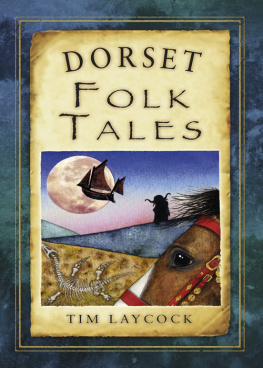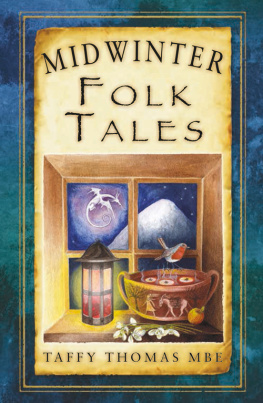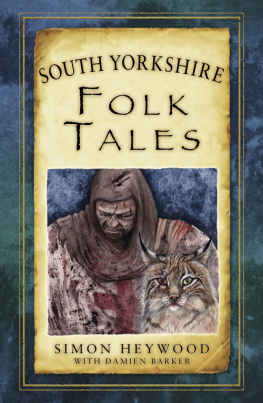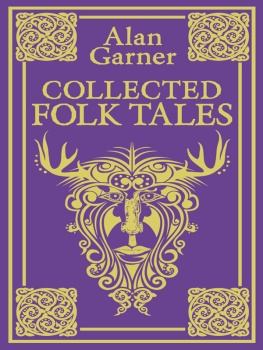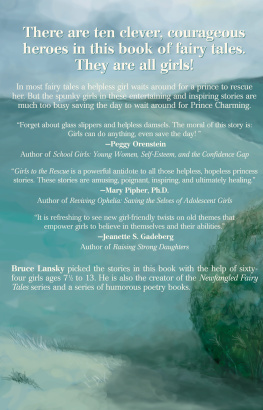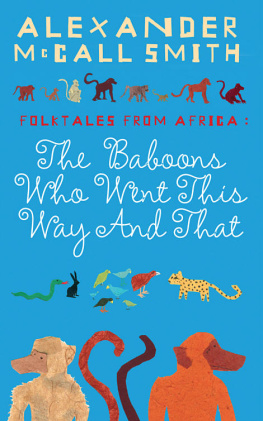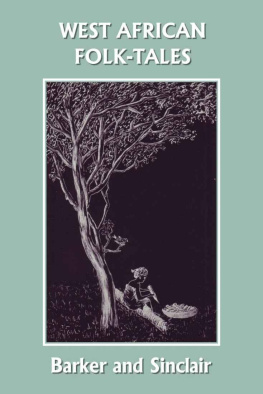INTRODUCTION.
Whatever profit might, from the scientific point of view, be considered likely to spring from a study of Gaelic folk-lore, it would probably be considered beforehand that it would come from the study of the material as a single body, uniform throughout, and, as such, to be brought into comparison with the folk-lore of other countries. When, however, we come to an actual survey of the material, certain appearances present themselves which lead us to expect that, possibly, a large part of our gain will accrue from the observation of the differences which characterise different parts of the material within itself. Ireland, though an island of moderate extent, is yet sufficiently large to contain districts far enough apart to isolate in some degree their respective peasant populations; while it is also admitted that the homogeneity of the Gaelic tongue does not indicate a corresponding homogeneity of race. It may turn out, in fact, ultimately, that we have in Ireland, not one, but several bodies of folk-lore placed in relations most favourable for aiding in the solution of certain problems; while, finally, we shall, by a comparison with the Gaelic folk-lore of Scotland, obtain a still wider field for similar observations and inferences.
It is true, unfortunately, that our Irish material is not by any means what it might have been, either in quantity or quality; its defects being such that any conclusions arrived at through the line of investigation here to be suggested must at present be considered of a very provisional nature. Of the folk-lore of the large province of Munster we know next to nothing. I have myself hitherto been able to make no attempt at collection in the southern counties. Some of Mr. Curtins stories were probably obtained in Kerry; but he has not told us which. We have, therefore, nothing to fall back upon but the somewhat sophisticated little fairy tales of Crofton Croker. For Leinster, we are better off, as we have the Wexford tales of Kennedy. For the inland parts of Connaught we have Dr. Hydes volume; for the coast of Connaught and Donegal, the tales included in this book, and many others in my possession not yet published.
With regard to Crofton Crokers tales, it needs but a small acquaintance with Ireland to be assured that they are not peculiar to Munster. The cluricaun still pursues his trade of boot-making by the shores of Achill Sound in Mayo. Donegal knows all that the south ever knew on the subject, and has perhaps even a greater wealth of information. It is admitted that in the city of Dublin the tribe does not now exist; but such is not the case even in this highly-civilised watering-place of Bray, only twelve miles distant from the metropolis. In a word, this minor mythology was, may we not say still is, common to the whole island.
The fairies, however, do not very often form the subjects of the longer detailed narratives. Let me now turn to these. Among the Connaught stories I have found a good many parallels on the coast to those of the inland districts, though I have not included any in this volume. In Donegal, on the other hand, while I have obtained only two partial variants of the inland Connaught tales, I have found several close parallels to the Connaught coast talesa fact, however, which may be accounted for by the partially Donegalese descent of the Achill people. If we now bring the Wexford tales into comparison, it will be found that they do not contain many parallels to those of the other districts. I know of only five from Connaught, and two from the more distant Donegal, both variants of two of the Connaught tales, one of them, perhaps the best known of all such storiesno other, indeed, than Mr. Langs far-travelled talethat of The Three Tasks; the other, of which I obtained complete versions in Galway and in Mayo, and which I know to exist in Donegal, is represented in this volume by Morraha Brian More, and in Kennedy by the Fis f an aon Sgeul. Now this latter does not appear to be much known except in Ireland; but it will hardly be contended that it was independently invented in the four Irish counties in which it has been discovered. Still less would this be maintained regarding the other. The tale, which has proved its popularity by flourishing in three quarters of the globe, shows the same quality on a smaller scale by flourishing in at least three provinces of Ireland.
And perhaps this is the best place to note that the theory of independent origin is contrary to one of the closest analogies to be observed in nature. When animals and plants of the same species are found in wide-distant regions, no naturalist assumes for a moment that they originated separately. However puzzling the problem may be, the student of nature seeks to solve it by explanations of a very different kind; and already many of the most difficult cases have yielded their secret to patient investigation. It will assuredly turn out to be the same with folk-tales. As). I think it difficult for any one who reads these and notes their likenesses and their differences, not to believe that they were originally composed by one person. The variations are easily accounted for by imperfect recollection, substitutions for forgotten phrases, and all the gradual alterations sure to arise in the case of irregular oral transmission among peasant narrators.
The evidence, then, seems so far to show that the fairy belief is common to all Ireland; that of the more elaborate traditional narratives, a certain small proportion seems to be widely diffused, while the larger portion separates into divisions peculiar to certain districts, the greatest divergence between one locality and another occurring when the localities are most widely separated.
Now, that there should be any considerable divergence seems surprising when the facts are fully taken into account. Ireland is not a large country. For centurieswe do not know how manybefore the Norman invasion, the inhabitants had spoken Gaelic. The absence of political unity, the ceaseless wars and forays, must all have tended to fuse the population and obliterate original differences much more than a settled state of society. Yet they exist. The differences in folk-lore are not greater than other differences. Ethnologists know that the so-called Gaelic race is really a compound one, containing in addition to the true Celtic (Aryan) element probably two that are not Aryana Mongolian or Finnish element, and an Iberian element. Very little attempt has hitherto been made to settle in what parts of the country these elements respectively preponderate; but that there must be some preponderance of different races in different localities is shown clearly enough by the varying physical types. It is beyond question that Donegal differs from Connaught, and that both differ from Munster; and when we find that, in spite of a coexistence of at least two thousand years in the same island, and the possession of a common language, different districts have a different folk-lore, is it extravagant to surmise that these different bodies are due to varying racial deposits?
Let us now compare Ireland as a whole with the Scotch Highlands. The language of both is still, as for fifteen hundred years, practically the same. The inhabitants are of closely-allied race, in part identical, and for many centuries a constant communication was kept up between both countries. The folk-lore is partly alike, partly unlike. The similarity is occasionally very great. There are entire tales which are all but identical as told on both sides of the sea. There is identity of phrases and sentences. In Campbells version of the far-travelled tale, The Battle of the Birds, occurs a striking phrase, in which the raven is said to have carried a man over seven benns and seven glens and seven mountain moors. Nearly the same phrase occurs in Kennedys versionseven mountains (benns), seven glens and seven moors, which is the more surprising, as this story had passed, one does not know how long before, from its Gaelic into its English dress. Compare the phrase from Morraha in the present volumehe sat down and gave a groan and the chair broke in pieceswith Campbells The King of Assaroehis heart was so heavy the chair broke under him. Many other examples could be given. We have before our eyes, so far as Irish and Scotch folk-lore are similar, an example of how two branches of a race originally so closely united as almost to form one, have for some hundreds of years drifted or been forced apart, the process being thus unfolded to us in the full light of history by which a body of folk-lore, originally one, has separated into divisions showing distinct characteristics, while it retains the strongest tokens of its original unity.



